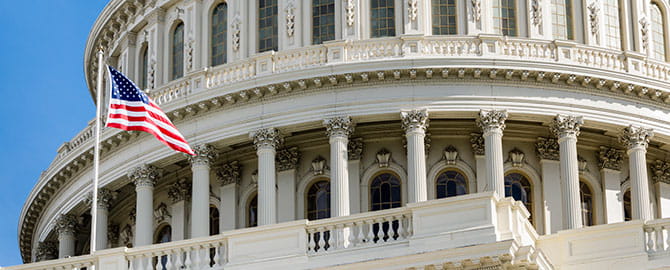Refinancing Build America Bonds
Preserving subsidies through crossovers

The Build America Bond (BAB) program was a smashing success. Many municipal issuers took advantage of this short-lived Stimulus Act program to materially lower their cost of borrowing by issuing taxable bonds and receiving the promise of a 35% interest subsidy from the U.S. Treasury. While Sequestration has reduced the interest subsidy in recent years, issuers of BABs have still realized substantial savings versus the yields at which they could have sold tax-exempt bonds.
In recent months, there has been increased chatter in the market about refinancing BABs for savings. BABs cannot be refinanced with new BABs because the program expired at the end of 2010. However, because BABs could only be used to finance governmental projects, most can be refinanced using tax-exempt bonds which are near fifty-year lows. Factor in Sequestration and the other risks of BABs for issuers and you have an environment that is ripe for BAB refinancings.
Approximately $181 billion of BABs were sold between April 2009 and the end of 2010. Many BABs were sold without the right to call the bonds at par that is typical with tax-exempt bonds. However, at least $54 billion of currently outstanding BABs have a par call option. Approximately $49 billion of those bonds have first call dates in 2019 and 2020, approximately 10 years from when they were issued. Since it is longer than two years until the bulk of the refundable BABs become callable, they need to be refinanced as an “advance refunding,” which simply means the defeasance escrow is outstanding longer than 90 days.
“We expect to see many issuers capturing substantial savings by refunding BABs with tax-exempt crossover advance refunding bonds in coming months.”
– Kemp Lewis, senior managing director
In 2014, the IRS released an opinion that said BABs are considered reissued for tax purposes if they are defeased. In a traditional advance refunding, not only would there be the inefficiency of negative arbitrage in the refunding escrow, but there would also be the additional cost of the loss of subsidy on the defeased BABs until they were redeemed at their first call date.
The loss of subsidy on refinanced BABs during the escrow period can potentially be avoided by executing the advance refunding as a “crossover.” A crossover refunding is structured with the escrow paying the debt service on the refunding bonds until the refunded bonds’ call date. At the call date, the escrow is used to redeem the refunded bonds. The lien securing the refunded bonds “crosses over” and becomes the source of security and payment for the refunding bonds. Importantly, during the escrow period the refunded bonds remain outstanding and are not legally defeased. This should allow, subject to the opinion of bond counsel, the Federal subsidy on the refunded BABs to continue to flow.
While a crossover refunding structure is different from the typical defeasance advance refunding structure used in the municipal market, it is no more difficult to structure, price or maintain so we expect to see many issuers capturing substantial savings by refunding BABs with tax-exempt crossover advance refunding bonds in coming months.
Public Finance Market Watch
In-depth and timely commentary and analysis on the municipal market from industry experts.